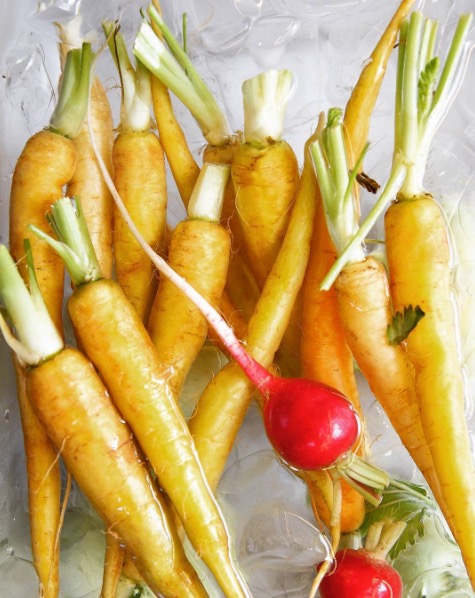HaNamal 24's Instagram feed
HaNamal 24 is located on Haifa’s hopping street of the same name. Chef Ran Rosh, a graduate of Paul Bocuse’s culinary institute in Lyon, brings a classic French approach to many of his dishes here, with bold dashes of “molecular cuisine” techniques and a healthy reliance on local ingredients. His rich and generously portioned dishes offer unexpected combinations of flavors: scallops with olive polenta and a creamy sauce with just a touch of vanilla; beef carpaccio with sea salt and a whiff of violet balsamic; a mullet fillet with slightly sweet risotto and a pear stuffed with goat cheese, cardamom, and saffron.
“Our idea was to position ourselves at the peak of fine dining in Haifa and the North.”
HaNamal 24’s interior, a labyrinth of rooms big and small, was designed by architect Nathan Faibish to recall rustic Tuscany—indeed, Faibish imported wooden flooring and window frames from Italy and repurposed them here as part of the restaurant’s furnishings. The décor and the food at HaNamal 24 add up to a truly extraordinary experience. As co-owner Guy Avital puts it: “Our idea was to position ourselves at the peak of fine dining in Haifa and the North.” They seem to be well on their way.
































